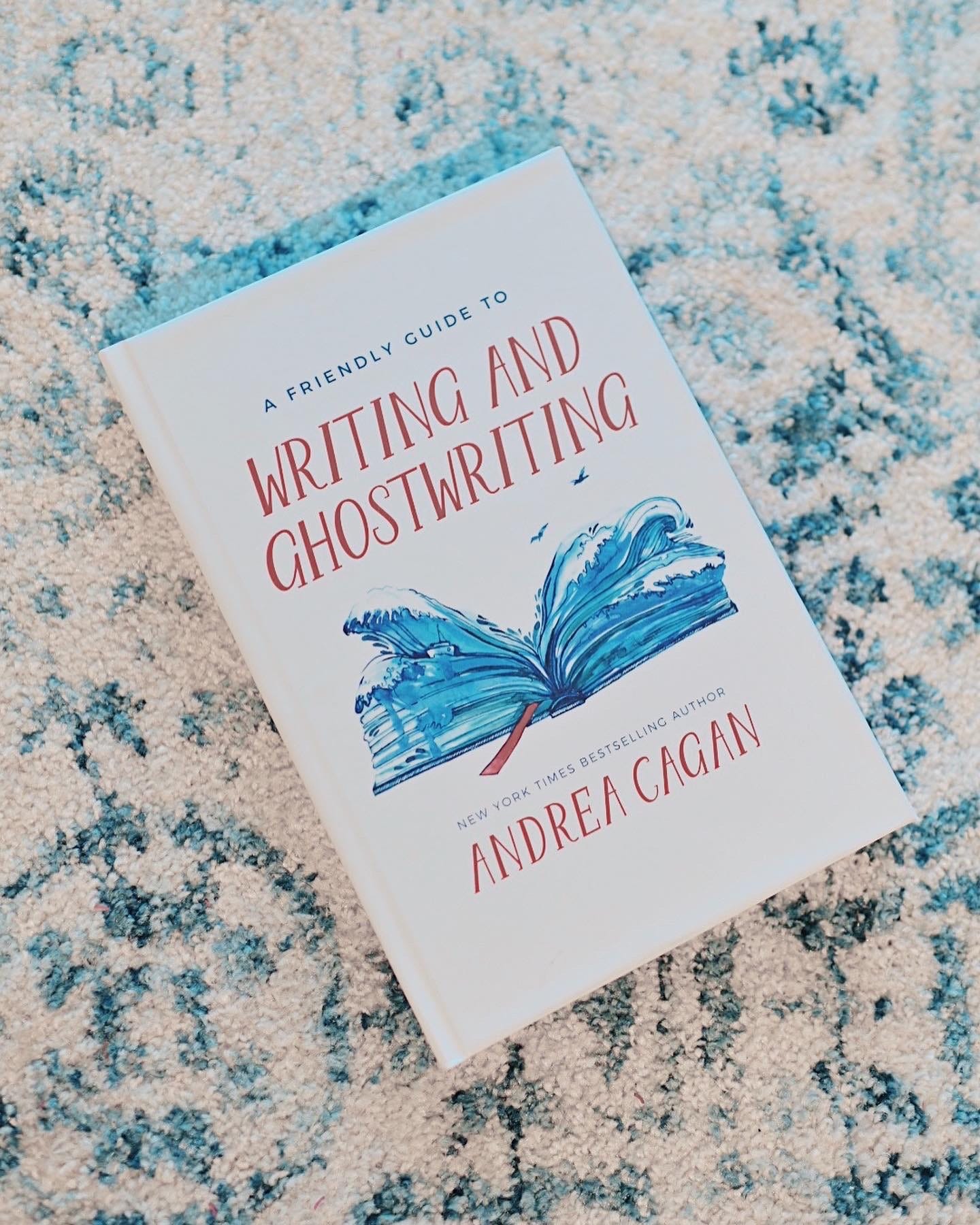Writing The Introduction: Excerpt From My Book: A Friendly Guide to Writing & Ghostwriting
Usually and fitly, the presence of an introduction is held to imply that there is something of importance to be introduced.
- - - Arthur Machen
When you meet someone for the first time at a gathering, you imagine how a friendship might unfold. A strong handshake, a warm smile, looking directly into someone’s eyes, saying his or her name out loud (which will help you remember it) are all good signs and they will make you feel comfortable. If the handshake is noodly or a crusher, if someone won’t look you in the eye, if it seems like he or she would rather be talking to someone else or getting another martini, it might not work out so well. Probably not at all.
An introduction is meant to justify the existence and value of your expertise and your book. If it’s well organized and accessible, it has a good chance of grabbing your audience and not letting go as it intrigues, informs and lets readers know why you chose this topic, why you are qualified to write about it, and what value it might add yo your life.
A scattered intro is like your GPS going on the blink and you go barreling into a brick wall. If it’s jumbled or if you’ve used flowery language, clichés, or mixed metaphors, it leaves a reader wondering what on earth you’re trying to say. They would probably prefer not to take the time and effort to figure it out. If someone doesn’t like your intro, that means they don’t like your voice or how you present your material and you’ll lose them before they get to Chapter One.
There are particular elements included in an introduction that will make a reader feel grounded and curious. It shows them your writing style, it offers a direction and it usually answers the following questions:
1. Who are you?
2. Why did you write this book?
3. What are your qualifications that give you the right to present your topic?
4. Why is it important to you?
5. Why will it be important to a reader?
6. How and when did you get the idea?
7. Who is it for?
8. What does the book contain, such as stories, adventures, anecdotes exercises, case histories, graphs, illustrations or lessons?
9. How would you like the book to impact your audience?
10. What is the “takeaway” that will make a reader feel glad that they’ve spent time and money on your book?
A good intro is more than just the facts, Ma’am. It’s not about filling up space or getting it over with so you can get on to the first chapter. It’s a preview of a world that you dreamt up and you want to share, one that is valuable to you and hopefully, will be valuable and appealing to others. Perhaps your readers want to feel better, get richer, learn something important or new, calm their anxieties or enter into a magical world that will keep them excited, engaged, and wanting more. If you have the inside info on these things and offer them honestly in your introduction, your reader will feel encouraged and grateful. If you promise something you ultimately can’t or won’t give, a reader will be disappointed and feel the urge to go on Amazon and post a scathing review.
The intro is where you begin to develop a relationship with your reader, so don't be a wallflower. Write a bold introduction that makes you feel proud to be a writer. If you make it easy to read, if it feels honest, accessible, and has a welcoming tone, readers may find themselves engrossed in a topic that previously had no interest to them.
Some books require no introduction, particularly fiction books that tell a story. Non-fiction books generally do require you to introduce your topic to the public so they can see if they want what you’re offering. Just be sure you know what you're talking about. I met with a man some years back who was writing a book about how to find and maintain a successful relationship. He contacted to me to do some editing and after I read his intro, I said, “I understand your topic but you didn't talk about yourself. A reader will want to know who you are, what research you’ve done and how these methods have worked for you and your current relationship.”
“I haven't had a relationship in years,” he said, “so I have no idea. But I’m very spiritual and I’m sure my methods work.”
I thought about asking him to define the word “spiritual,” but I didn't because I couldn't wait to get away.
I’ve heard people say that they skip the intro to a book because it’s all fluff. Sometimes that’s true and sometimes I do the same thing. But not if the first line of the intro is intriguing and welcoming. In order to stop readers from skipping it and going straight to the text, make it short and compelling, use plain English and don't say the same thing over and over. Repeating a word, phrase, or idea suggests that you think the reader is too dense to understand what you’re writing about. Or that you don’t know your topic and you don’t have much to say. The more concise and inviting the intro, the better your chances of luring an audience. If it’s unnecessarily lengthy and verbose, people generally avoid it. When I see a longwinded introduction filled with lengthy quotes and repetitions, the best case scenario is that I skip over it. The worst case is that I feel annoyed and I go on to another book altogether.


